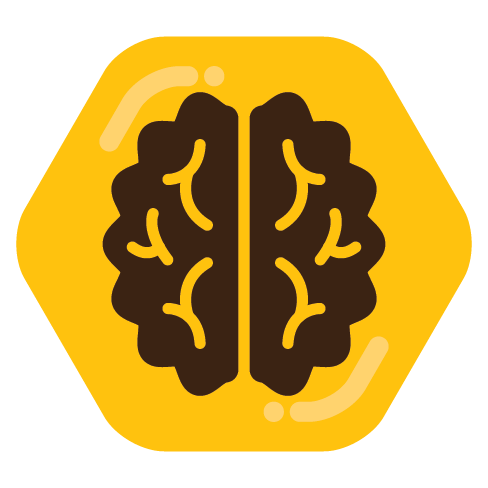

I live in Spain
From what I know of Spain’s healthcare system is that it is generally quite good for traditional healthcare. Reading up on it, it does seem that mental healthcare is not as good in the sense there are very few therapists and such. But does that also mean that it isn’t covered by your insurance at all?







What do you mean by “it”? The chatGPT interface? Could be, but then you are also missing the point I am making.
After all, chatGPT is just one of the possible implementations of LLMs and indeed not perfect in how they implemented some things like search. In fact, I do think that they shot themselves in the foot by implementing search through bing and implementing it poorly. It basically is nothing more than a proof of concept tech demo.
That doesn’t mean that LLM’s are useless for tasks like searching, it just means that you need to properly implement the functionality to make it possible. It certainly is possible to implement search functionality around LLMs that is both capable and can be reviewed by a human user to make sure it is not fucking up.
Let me demonstrate. I am doing some steps that you would normally automate with conventional code:
I started about by asking chatGPT a simple question.
It then responded with.
The following step I did manually, but is something you would normally have automated. I put the suggested query in google, I quickly grabbed the first 5 links and then put the following in chatGPT.
It then proceeded to give me the following answer
Going over the search results myself seems to confirm this list. Most importantly, except for the initial input, all of this can be automated. And of course, a lot of it can be done better, as I didn’t want to spend too much time.